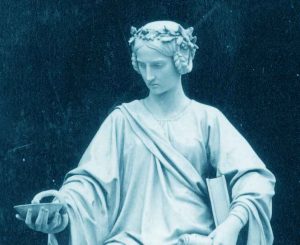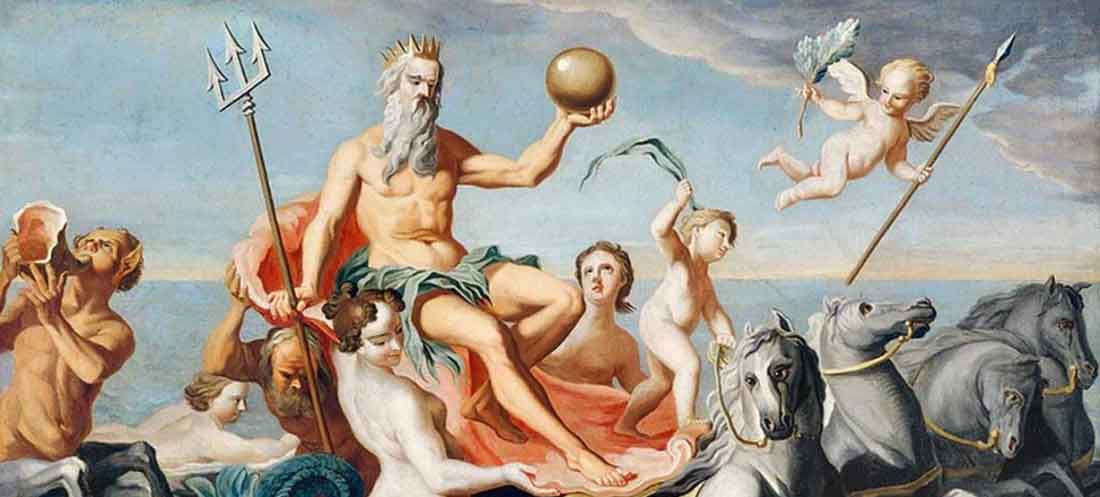Who was Achlys in Greek Mythology

According to the ancient Greek poet, Hesiod, Achlys was the personification of misery and sadness and she was represented in this way on the shield of Hercules as a pale woman with bloody cheeks, shoulders covered in dust, with long fingernails, swollen knees and forever crying.
Another ancient Greek poet, Nonnus, suggests she was the goddess of deadly poisons. In his epic tale, Dionysiaca, which describes the life of the god, Dionysus, Hera received from Achlys poisonous flowers which when planted in a field, gave off a spell which sent the sons of the nurses of Dionysus (Nymphs Lamusides) to sleep.
Achlys then covered their hair and faces with magical potions which caused them to change into the shape of the horned centaurs with long ears, long teeth, a mane which covered their necks and ran down from the loins to their feet, and finally a horse’s tail sticking straight out from their loins.
In Hesiod’s “Shield of Heracles,” Achlys is portrayed as a grim and shadowy figure, wreathed in dark clouds and veils, her presence evoking the despair and inevitability of death. She is described with emaciated limbs, decayed skin, and blood-stained cheeks, illustrating the harrowing aspects of mortality.
Achlys is sometimes considered an embodiment of the eternal night and a harbinger of doom. Her name is derived from the Greek word “akhlys,” meaning mist or darkness, further emphasizing her role as a symbol of the obscurity and mystery surrounding death. She is often linked with other deities of the underworld and death, such as Thanatos (death personified) and Hades, ruler of the dead.
Her mythological significance lies in her representation of the human fear and acceptance of death. Achlys serves as a reminder of the inescapable nature of mortality, embodying the sorrow and finality that come with it. Despite her ominous nature, she is an essential part of the Greek mythological landscape, highlighting the ancient Greeks’ complex and nuanced understanding of life and death.
While Achlys does not feature prominently in many myths or stories, her presence in the mythological tradition underscores the ancients’ contemplation of death’s inevitability and the somber aspects of human existence. Through her, we gain insight into how the ancient Greeks personified and coped with the concept of death and the unknown.
